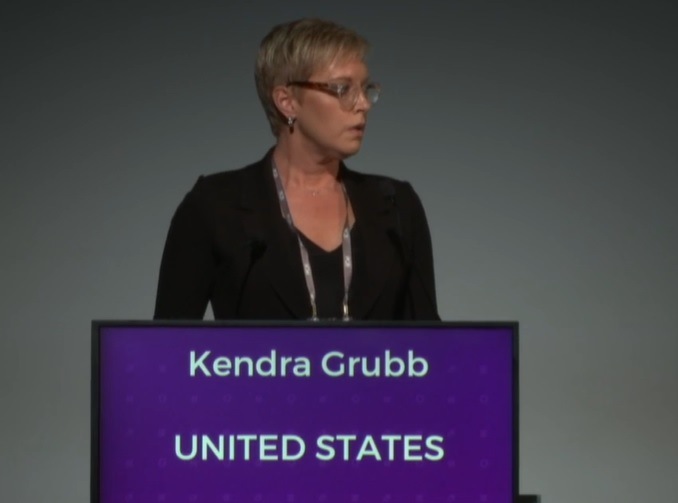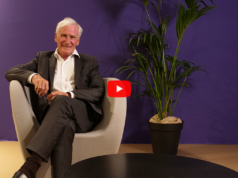
Use of the cusp overlap technique for the deployment of devices in transcatheter aortic valve implantation (TAVI), alongside an optimised care pathway, yields low pacemaker rates, expedited discharge and low rates of residual aortic regurgitation.
This is according to the findings of an analysis of the use of an optimised pre- and post-procedural TAVI care pathway among 400 patients treated in the USA and Canada from the main cohort of the Optimize PRO clinical study, a study of the Evolut (Medtronic) TAVI valve.
The cusp overlap technique, which was a part of the optimised care pathway, is designed to help implanters assess and achieve the target implant depth to reduce interaction with the conduction system.
Results of the analysis were presented by Kendra Grubb (Emory University, Atlanta, USA) during a late-breaking trial session at EuroPCR 2022 (17–20 May, Paris, France) and show that the cusp overlap technique led to more “predictability and control”. This resulted in a single-digit pacemaker implantation rate (9.2%1), a low 30-day mortality rate (0.8%), median length of hospital stay of one day, and upon discharge, no cases of moderate/severe paravalvular leak (PVL) (0%) and 78% of patients had none/trace PVL. The lowest pacemaker implantation rates were observed when all steps of the cusp overlap technique were followed.
“The results demonstrate significant improvement for TAVI with the Evolut valve, some of the best results in an Evolut trial we have ever seen in a trial,” Grubb was quoted in a Medtronic press release as saying. “Adopting the cusp overlap technique and clinical pathways resulted in single-digit pacemaker rates out to 30 days, next-day discharge in the majority of the patients, and remarkably low rates of paravalvular leak.”
The Optimize PRO study utilises a TAVI care pathway to evaluate common practices and shared experiences such as conscious sedation and early mobilisation. A conduction disturbance pathway evaluates efficiencies and heart team considerations for monitoring and managing patients with conduction disturbance who might be considered for a pacemaker post TAVI.
The post-market, prospective, multicentre study is evaluating outcomes associated with procedure-related techniques and post-procedure TAVI when using the self-expanding, supra-annular Evolut PRO and PRO+ TAVI systems in patients with symptomatic severe aortic stenosis.
The current interim analysis includes 400 main cohort patients and 104 roll-in patients at up to 46 sites in the USA and Canada. The primary endpoint includes the rate of all-cause mortality or all-stroke at 30 days with secondary endpoints of discharge time, percentage of patients with more than moderate aortic regurgitation, and the rate of pacemaker implant for new-onset or worsening conduction disturbance at 30 days. The study will also evaluate rehospitalisation rates and discharge time at 30 days and one year.










